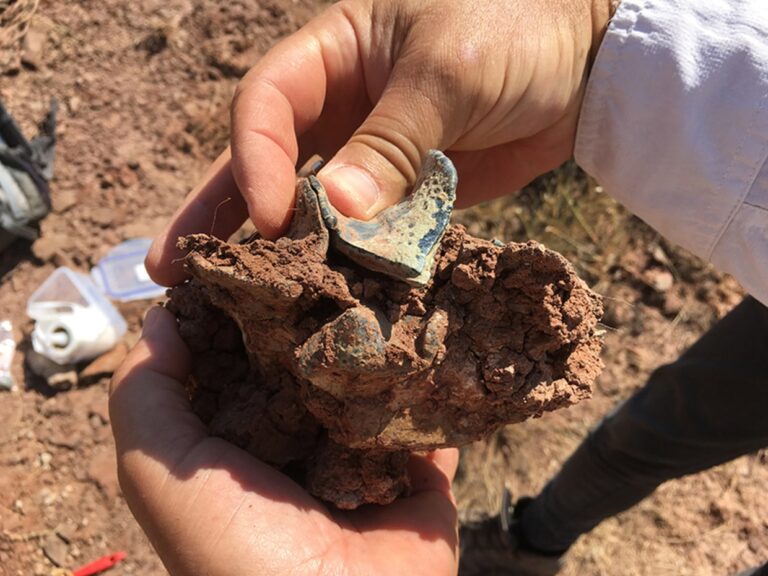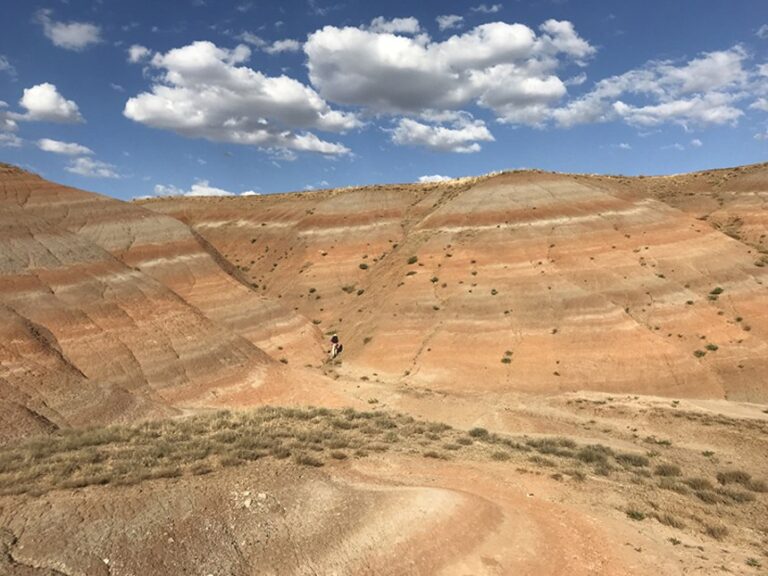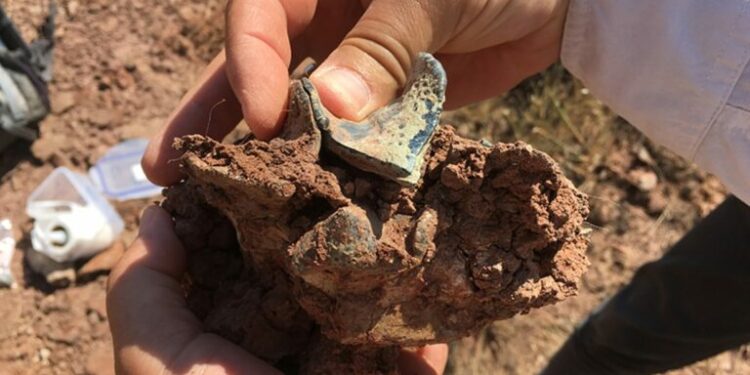According to recent research, a “lost” continent that previously united Asia and southern Europe may have established an ancient tunnel that aided animal migration west, resulting in a catastrophic and widespread extinction event 34 million years ago.
Scientists revealed a forgotten continent that was once sandwiched between Europe, Asia, and Africa in a paper published in the journal Earth-Science Reviews in March 2022.
They named this low-lying continent Balkanatolia because it allowed Asian creatures to enter into Europe, resulting in the loss of local European species in an event known as the Grande Coupure, which drastically impacted the region’s biodiversity.

One of the study’s co-authors, K. Christopher Beard, a paleontologist and distinguished professor at the University of Kansas, said, “People have known for decades that Asian mammals infiltrated Europe somehow.” “What remained a mystery was how they achieved it.” “How did they get there?”
Beard and his colleagues used fossils found in Turkey and elsewhere on the Balkan Peninsula, which encompasses what remains of the lost continent, to trace the movements of ancient animals across the region.
Europe and Asia had quite diverse sorts of mammals throughout the Eocene Epoch, which lasted 55 million to 34 million years ago. However, there was a significant change at the end of the Eocene.
“A lot of species that had been living in Europe for millions of years and we’re doing just great became extinct,” Beard explained. “They were displaced by mammals with no known European ancestors.”
The discovery of fossilized bones of unknown origin revealed that the region had undergone significant paleogeographic changes throughout time.

Balkanatolia existed as an island continent independent from its neighbors some 50 million years ago, according to the experts. The landmass had its fauna, which was distinct from that of Europe and Asia.
A combination of geological movements, increasing ice sheets and shifting sea levels connected Balkanatolia to Asia first, then to southern Europe, producing a massive land bridge across the region some 40 million years ago.
“The sea levels decreased by 70 meters [about 230 feet] at that time,” said Alexis Licht, the study’s lead researcher at the French National Center for Scientific Research.
“On its own, this event would have generated several land bridges, and it is the most likely explanation for the connection between Balkanatolia and Europe.”
Fossils discovered in Turkey dating back 35 million to 38 million years ago further imply that the movement of Asian mammals into southern Europe may have occurred several million years before the Grande Coupure extinction event, according to Licht. Jaw fragments from Brontotheres, a mammal that looked like a big rhinoceros and died out at the end of the Eocene Epoch, were found among the Turkish fossils.
“The discovery in Turkey helps corroborate and validate our concept,” Licht said, “since this time range fits everything else we’ve uncovered in the Balkans.”
While Balkanatolia contributes to a more unified picture of mammalian distribution over Eurasia, numerous questions remain unsolved. For one thing, it’s unclear what caused the geological movements that shifted water levels at the time, submerging and then re-exposing parts of the vanished continent.
The researchers are also looking for earlier fossils in the area that date back more than 50 million years and could provide insight into Balkanatolia’s early history. These hints could help scientists figure out how the vanished continent’s unique collection of mammals ended up there.
“On Balkanatolia, we have animals living side by side that never cohabitate anyplace else on the planet,” Beard explained. “How did that happen?” says the narrator. “How did this unusual, one-of-a-kind island come to be?”























